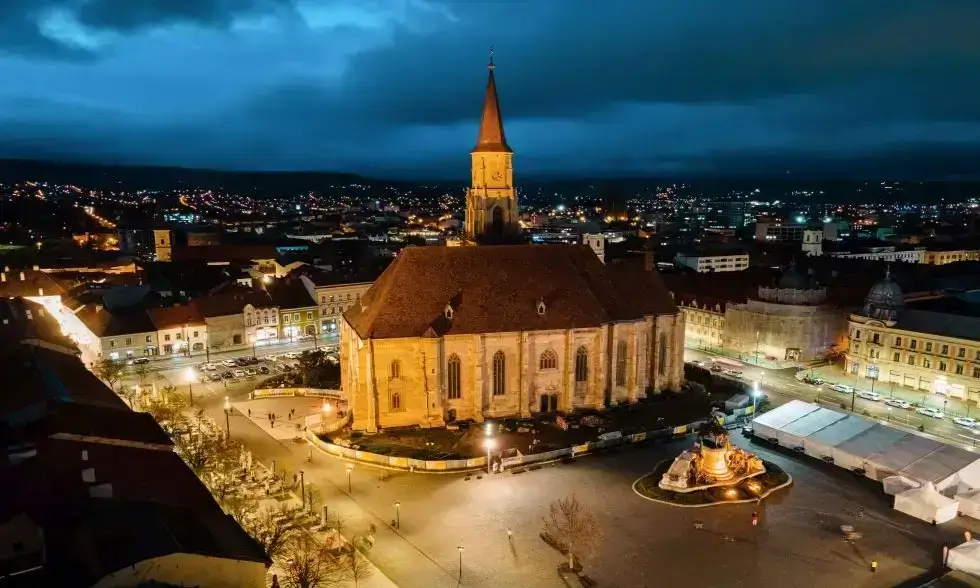Romanian Highway E-vignette and Attractions
Bucharest
The simplest way to reach the capital of Romania is via the highway. You have the option to use the A1, A2, and A3, all of which lead here. While in the vicinity of the city, it is definitely worth visiting the Romanian Parliament. One of its interesting features is that it is among the five heaviest buildings in the world. This colossus, made of marble and steel structure, was also the headquarters of Ceausescu. The Parliament is surrounded by monuments, beautifully maintained flower parks, and the Old Town has been built around it.
Turda Salt Mine
One of the most visited cities in Romania is Cluj-Napoca, and 35 km from here, the Turda salt mine can be visited. This popular attraction can be accessed via several main roads, including the 107, 103, and 150. This tourist attraction is a gift for both the locals and those seeking relaxation. Residents attribute symbolic significance to it. Many believe that the salt mine is a bringer of prosperity, health, and pride to the city. Aside from being extremely healthy to take a walk in the underground salt mine, it also offers entertainment opportunities. From the Ferris wheel to the boating lake, all kinds of entertainment options are available. Additionally, there are several saltwater baths for those seeking healing.
Oradea
Oradea, often referred to as the capital of Art Nouveau, offers a truly magnificent sight for visitors. Many palaces, castles, and ornate Romanian gates can be visited, all welcoming everyone with a distinctly 20th-century atmosphere. These buildings are characterized by prominent, spectacular shapes and soft waves.
Sibiu
The old center of Transylvania represents several styles: Baroque and Renaissance. The buildings, old museums, restaurants, and terraces create a wonderful blend. Those interested in culture and history are highly recommended to visit the Brukenthal National Museum and the ASTRA Open-Air Museum. The latter features a little over 300 historical wooden houses, churches, and workshops. Sibiu boasts three theaters and its own orchestra. Many beautiful parks, galleries, and churches add color to the city's image.
Brașov
Brașov is one of Romania's most significant commercial centers, which is why it can be reached via numerous trade routes. Visitors are greeted by towers evoking ancient times and medieval gates. The city is often called a sleeping city due to its old buildings, yet it continues to develop regardless. Brașov is still 'protected' by centuries-old watchtowers. Among the towers, one can view Baroque-style buildings and cafes. While sightseeing, it is worth viewing the defense walls built in the 1500s for the protection of what is now Romania. Remnants of the defense wall built around Brașov in medieval times can still be seen in the city. Its most famous landmark, however, can be seen in the main square—the Gothic-style Black Church, built between 1385 and 1477.
The official Romanian highway e-vignette can be purchased here in the shop.









